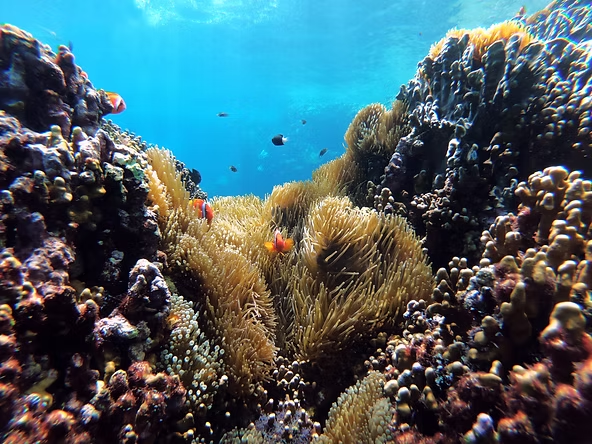Marine Heatwaves and Coral Reefs: A Growing Threat
According to recent research on the Great Barrier Reef, the frequency, duration, and intensity of marine heatwaves are increasing, posing a severe threat to coral ecosystems. Just as heatwaves on land endanger human health through dehydration, heatstroke, and other complications, marine heatwaves profoundly disrupt life beneath the waves.
Rising Frequency and Intensity
Marine heatwaves occur when water temperatures in a specific region become unusually high. A study published in Nature Climate Change shows that marine heatwave periods have increased by over 54% in the past 30 years. High-profile events, such as “the blob” off the U.S. coast from 2014 to 2016, caused mass die-offs of marine life, from plankton to larger animals.
Pollution and Nutrient Stress
Coral reefs face additional pressure from human-caused factors, including global warming, nutrient pollution, and plastics. Plastic contamination is particularly prevalent in coastal and reef areas, where trash washes in from land. Such pollution further stresses corals and reduces their ability to survive during heatwaves.
Extreme Water Temperatures
Marine heatwaves can reach temperatures so high that corals cannot survive, leaving only their skeletons behind. A study using computed tomography scanning revealed that over 30% of the northeast Great Barrier Reef experienced lethal temperatures in 2020. Unlike typical bleaching events, these extreme heatwaves can directly kill coral animals.
Impact on Coral and Human Communities
Warming oceans have devastated coral reefs globally. In 2019, a marine heatwave destroyed nearly one-third of the Great Barrier Reef. Coral reefs support vast undersea ecosystems and provide food, income, and tourism opportunities for hundreds of thousands of people. Understanding how corals respond to longer and more intense marine heatwaves is critical for mitigating climate change impacts and preserving these ecosystems for future generations.

